Linnei is a small rural township located on the south side of the Zhuoshui River in northeastern Yunlin, Taiwan. Despite its strategic position on the Western Trunk Line this township remains mostly pastoral and undeveloped, with little industrial activity compared to neighboring Douliu, the administrative seat of the county. Population in the township peaked at nearly 23,000 in the 1970s and has been declining ever since, recently falling below 18,000 as rural flight continues apace. Nowadays the local economy mostly revolves around agricultural products such as rice, bamboo, and tea, but Linnei was once a major center of tobacco cultivation, traces of which can be found scattered across the countryside.
Linnei was settled by Han Chinese in the late 17th century, part of a wider drive to colonize the interior1, displacing and assimilating the Plains Indigenous peoples already inhabiting this part of the island. Most township histories attribute the founding of Linnei to Zhèng Cuìpái (鄭萃徘), an immigrant from Zhangzhou in Fujian Province who settled here in the twilight of the reign of the Kangxi Emperor. His living descendants still worship at the Zheng Family Shrine2, an old but well-maintained residence with a long courtyard and half-moon pool where the plains meet the hills.
The most historic part of Linnei is wedged between the railway line and the low foothills of the Alishan Range to the east. Here you will find a number of Showa era shophouses on Zhongshan Road, a short stretch in front of the railway station, and Zhongzheng Road, the main thoroughfare curving around the thickly vegetated hills at the back of town3. These old buildings are uniformly drab and utilitarian, completely unlike the Baroque Revival excesses of Taiping Old Street in nearby Douliu, or the Art Deco-influenced oddities seen a little further west in Xiluo. There were at least two cinemas operating on these streets in the post-war era but no trace remains of any theater in this small town4.
Tobacco cultivation was big business on the inland side of the coastal plains in the late colonial and early post-war periods. The industry went into sharp decline in the 1980s and essentially ended with Taiwan’s accession to the WTO in 2002. Robust preservation efforts in southern and eastern Taiwan ensure many historic sites will be available for future generations to appreciate but fewer tobacco industry sites in central Taiwan have been recognized—and unless I’m mistaken, none whatsoever here in Yunlin County. Plenty of old tobacco barns can still be found around this part of the county, but there’s no guarantee any will remain in the future. One possible exception is an old tobacco barn in a Hakka farming village north of the railway station converted into a modest tourist attraction: Línběikǎhǎo Living Museum5.
Supposedly there are nearly two dozen tobacco barns in the township, some as old as 1939, but I suspect that number might be an underestimate. In my few visits to Linnei it was never very difficult to identify tobacco barns simply by riding around the countryside. The distinctive ventilation shafts6 are easily seen on the horizon, and plenty more can be found in just about every small village—I even found one in close proximity to the central railway station. I’ve read no credible estimates of the number of tobacco farms operating in the peak years, possibly around the the 1960s, but wouldn’t be surprised if hundreds of such buildings once dotted the plains.
The former Linnei Shinto Shrine (林內神社) was completed in 1940 with conscripted labor from around the township. It is unusually large in scale considering the modest size of Linnei—and also qualifies as the most well-preserved former Shinto site in all of Yunlin. Featured here are three torii, several stone lanterns, a visiting path with more than 200 steps leading up to a scenic viewpoint, and an assortment of other relics and monuments. The first two torii are reinforced concrete originals in the myōjin style (明神鳥居), somewhat rare for Taiwan, but both were modified in the post-war era with flared green tile additions to the upper lintels, likely an attempt to make them appear vaguely more Chinese7. The third torii standing at the top of the hill is a modern replica presumably made for tourism purposes. A temple venerating Ji Gong, the drunken monk of Chinese folk religion, now stands at the former site of the main hall of the shrine, which was completely destroyed in the post-war era8.
The hulking mass of the immense Linnei Garbage Incinerator9 is plainly visible on the horizon from the viewpoint at the former shrine. This incinerator became national news after it was involved in one of the most egregious cases of political corruption since democratization. Taiwan, once known as “garbage island” for its overflowing landfills10, invested heavily in industrial-scale incinerators in the 1990s. This particular incinerator began construction in 2002, but it was soon discovered that county magistrate Chang Jung-wei (張榮味) had taken a huge kickback from the construction company, leading to his arrest in 2004. After working through the courts for many years, Chang ultimately went to jail for this crime, and the incinerator was never activated. It remains idle today. In a shocking coincidence, Chang’s sister is now the county magistrate.
Linnei New Park (林內新公園) is located a short distance from the station north of the railway line. In the early Japanese colonial era it was the site of the Taiwan Mitsubishi Paper Mill (臺灣三菱製紙所), constructed to produce paper from giant timber bamboo harvested in the interior beginning in 1911. The mill shut down only a few short years later, allegedly because there was little commercial demand for the quality of paper produced here11. While much of the plant fell into disuse, the former company office building enjoyed a second life as the township office, and was ultimately designated a heritage property in 2006. Several projects installed around the park for the Grassroots Art Festival (草根藝術祭) of 2014 have made this a popular stopover for wedding photographers and the like.
Linnei is also home to the hundred year-old Zhoushui Hydroelectric Power Station (濁水水力發電所). It is one of the very few hydroelectric power stations located on the western plains. Fed by water diverted from the Zhoushui River and completed in 1923, it was constructed to provide power for the construction of Wushantou Reservoir and an enormous network of irrigation canals extending across the Chianan Plain. It was recognized as a historic site in 2004 and decommissioned shortly thereafter. A second power station built next door went online in 2011.
The first bridge spanning the Zhoushui River was completed in 1907, connecting north and south Taiwan by rail12. This single track Schwedler truss iron bridge was in service until the early 1960s when it was demolished after being replaced by a more modern double track bridge. A third generation Zhoushui River Bridge was completed in 1990, part of a nationwide bridge reconstruction project, and the second bridge was also dismantled. While constructing the bridge still in use today Taiwan Railway Administration engineers noticed the lone pylon still standing on the south bank of river where it was erected at the beginning of the century. Rather than destroy they pylon they decided to transform it into a monument, installing a stone engraved with the simple inscription “Zhoushui River Bridge” (濁水溪橋). If you know when and where to look you can see it from the window of any TRA train crossing this bridge.
That’s all for this travelogue from central Taiwan. I’ve previously published two additional articles from Linnei, one on the derelict Yixin Vocational High School, and another about an abandoned gas station, both with surprisingly morbid themes. This edition of my Postcards From Taiwan collection fills a gap between Zhushan, Ershui, and Xiluo; if you’re curious to see more from the area, peruse those articles as well.
- This colonization effort is related in greater detail in this post about Zhushan, the district immediately to the east of Linnei. ↩
- More photos and information about the Zheng Family Shrine (鄭氏宗祠) can be found here. ↩
- Just A Balcony has two excellent features on the shophouses of Linnei, one for Zhongzheng Road (中正路) and another for Zhongshan Road 中山路. ↩
- Linnei was once home to the eponymous Linnei Theater (林內戲院), likely built in the 1940s and located on Zhongshan Road #7, right in front of the train station. I’ve also found reference to Tónglè Theater 同樂戲院, which was situated somewhere on Zhongzheng Road in the 1960s. (The old address in my notes is 中正路31號 but street numbers were likely reassigned since then.) ↩
- This blog goes into greater detail about what you’ll find at the tobacco museum in Linnei. While the name (林北卡好數位生活館) is neutral in Mandarin Chinese, the first part is a mild curse word in Taiwanese Hokkien. ↩
- For more about the distinctive architectural features of Taiwanese tobacco barns I recommend starting with my post about the Shuinan Tobacco Barn in Taichung. ↩
- Read more about the history of Linnei Shinto Shrine on Chinese language blogs here, here, here. ↩
- Steven Crook features this temple (and the scenic trail beyond) in this solid article for the Taipei Times. As for the destruction of the shrine, some sources suggest it happened in the late 1950s. ↩
- Linnei Garbage Incinerator (林內焚化爐) came to my attention by way of Mirage: Disused Public Property in Taiwan, a collection by artist Yao Jui-Chung (姚瑞中). ↩
- More about Taiwan’s transition from “garbage island” to recycling leader be read in this article. ↩
- A large swathe of land in Nantou was expropriated for bamboo farming, angering local Taiwanese and leading to a deadly confrontation. Although this isn’t the direct cause of the closure of the bamboo paper mill in Linnei it was likely a contributing factor. It is also known as the former Bǎolóng Paper Factory (寶隆紙廠), which operated on this site starting in the 1960s. Read more about the paper factory here. ↩
- Although this bridge is on the Western Trunk Line it wasn’t the only railway bridge spanning the Zhoushui River. The more iconic Xiluo Bridge, completed in 1952, also carried sugar railway trains for a time. ↩
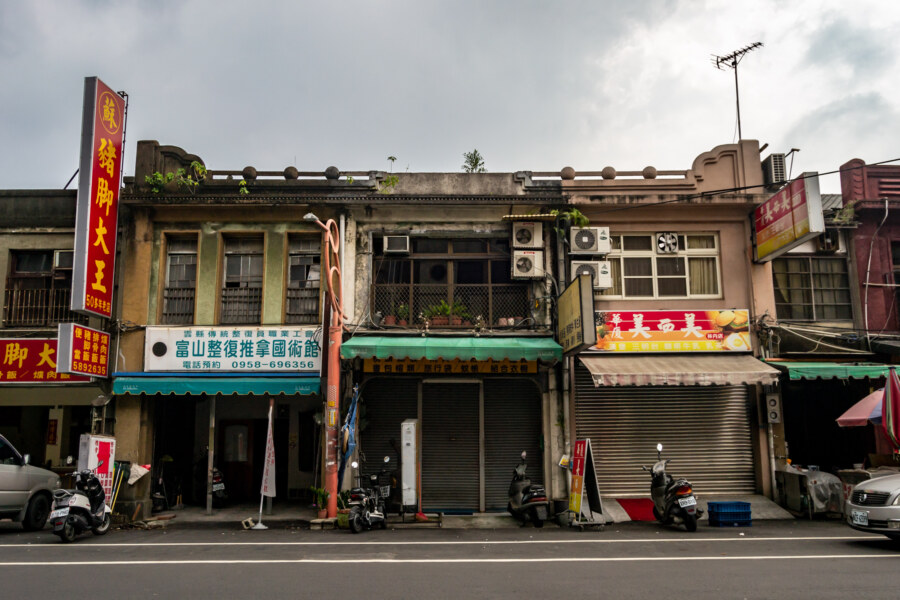
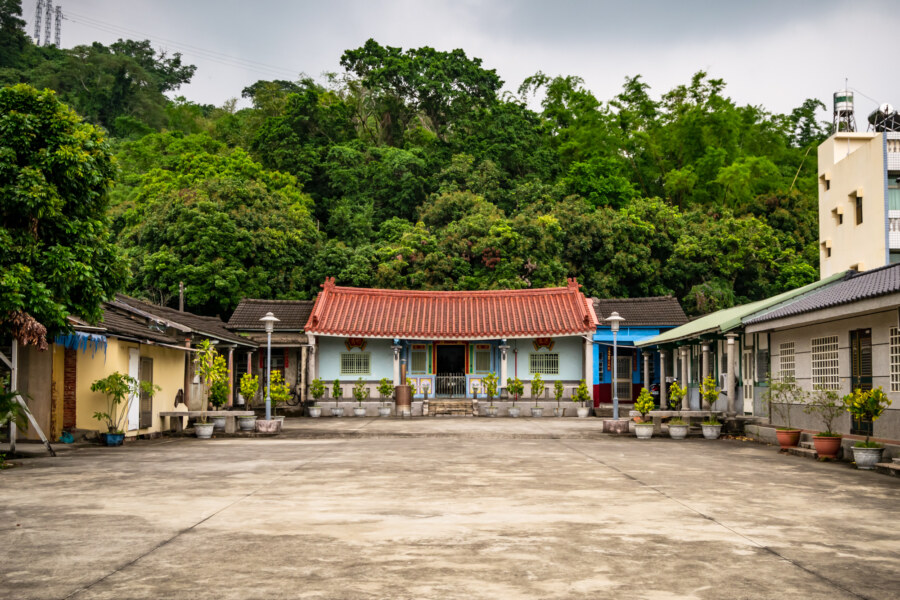
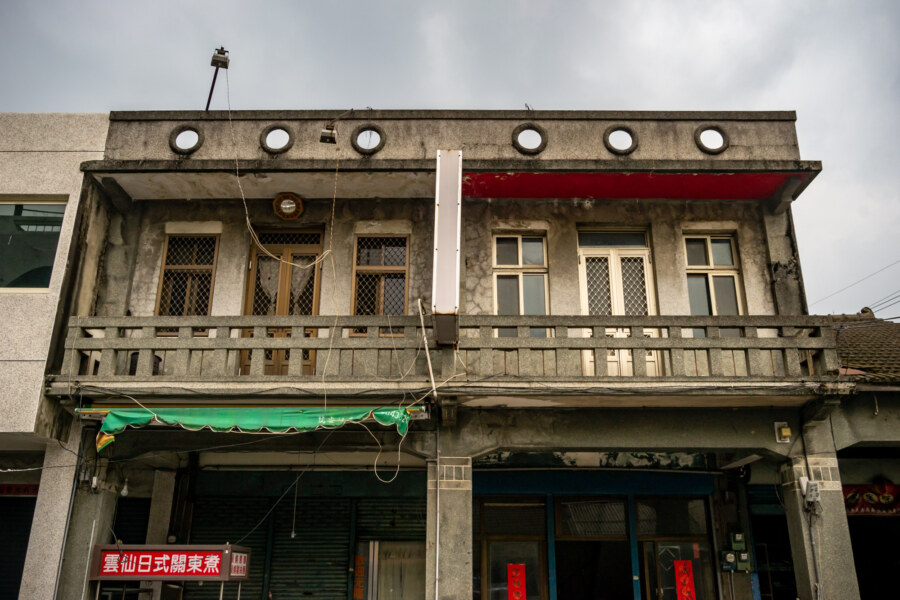
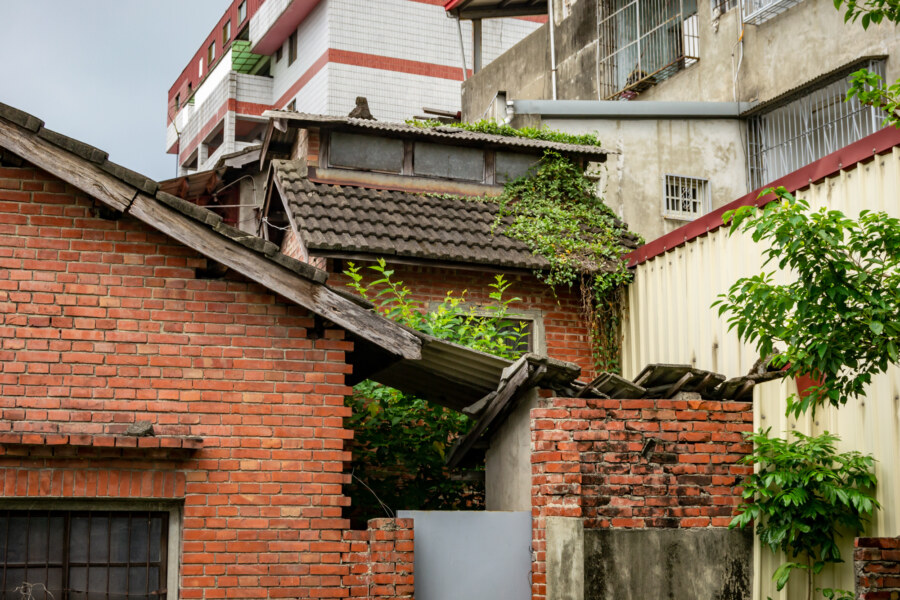
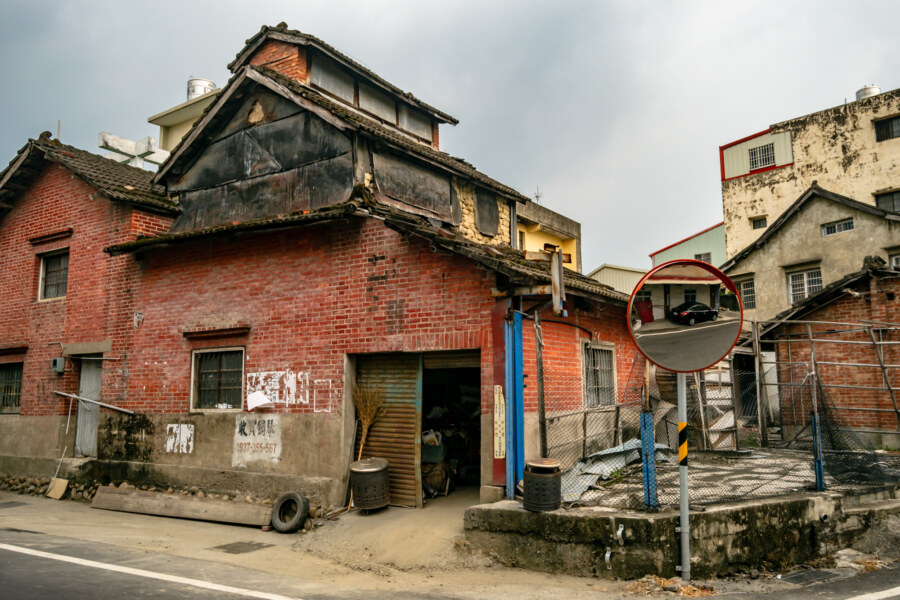
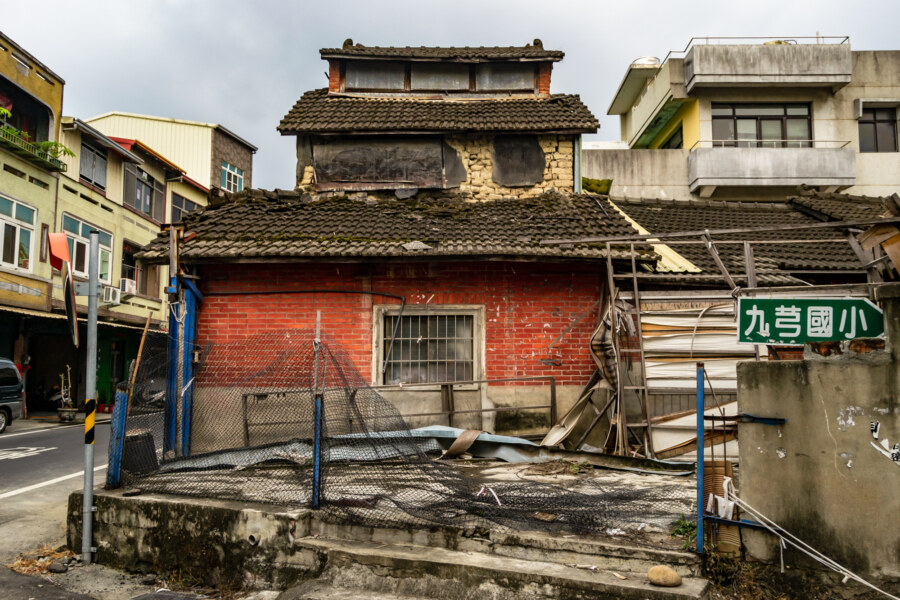
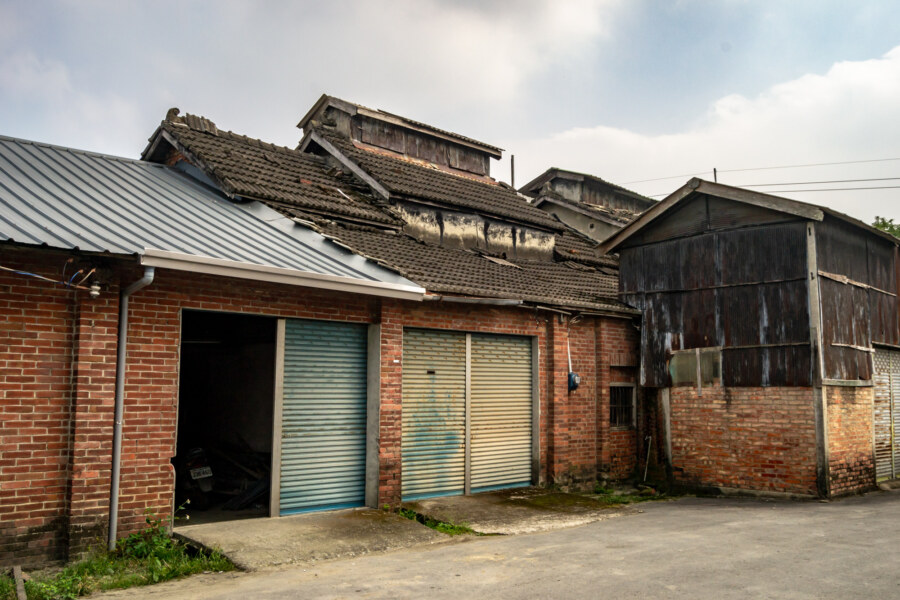
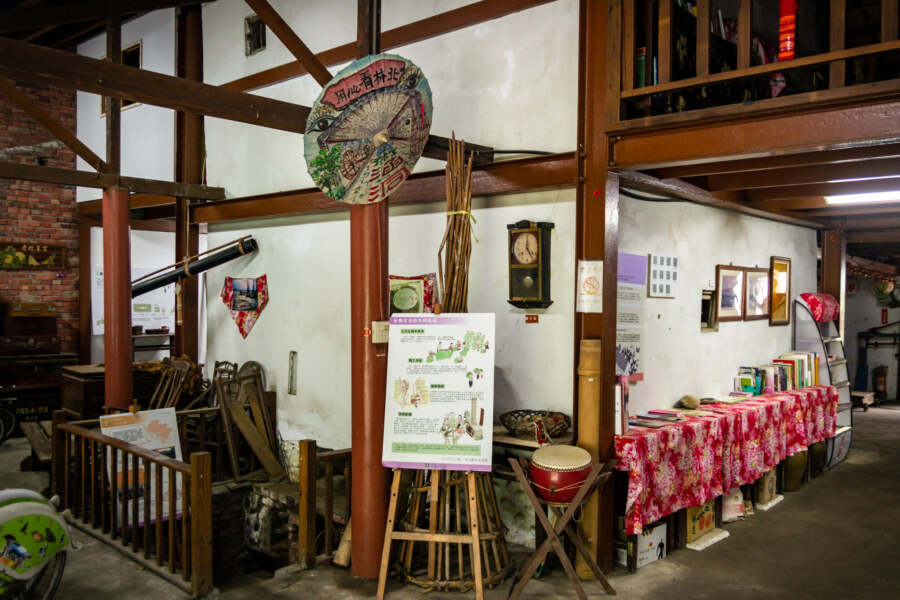
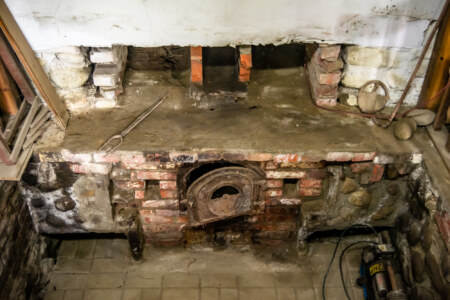
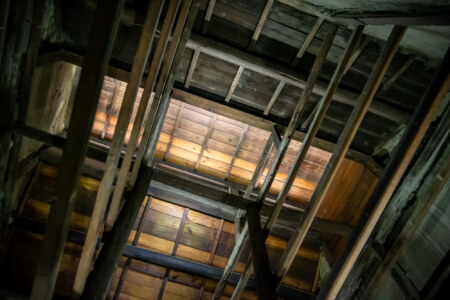
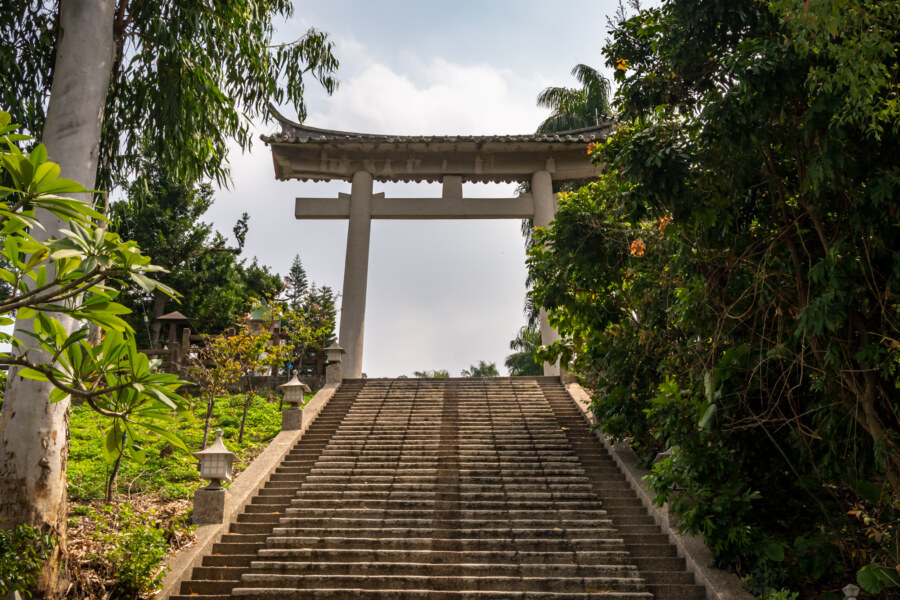
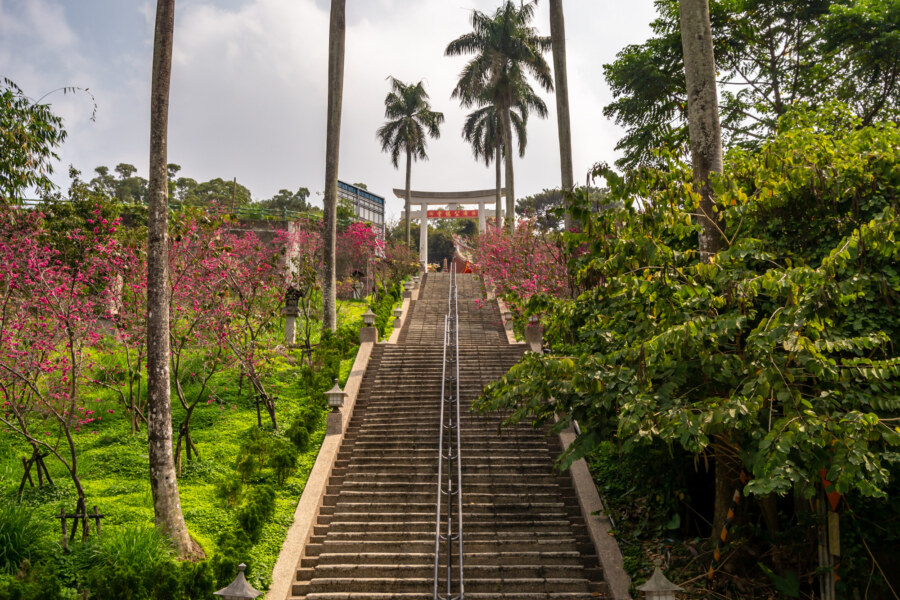
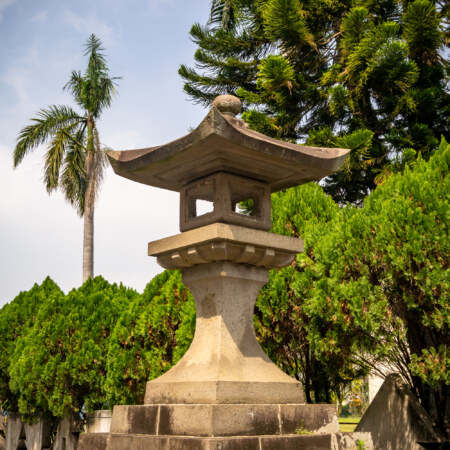
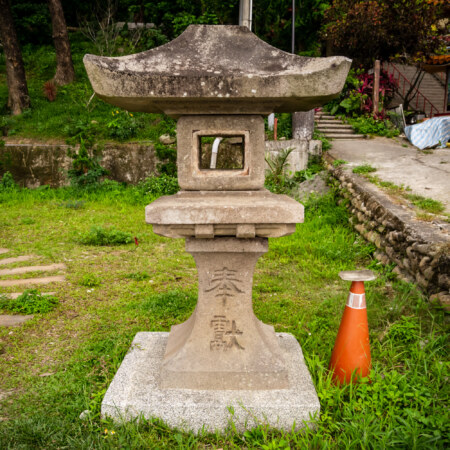
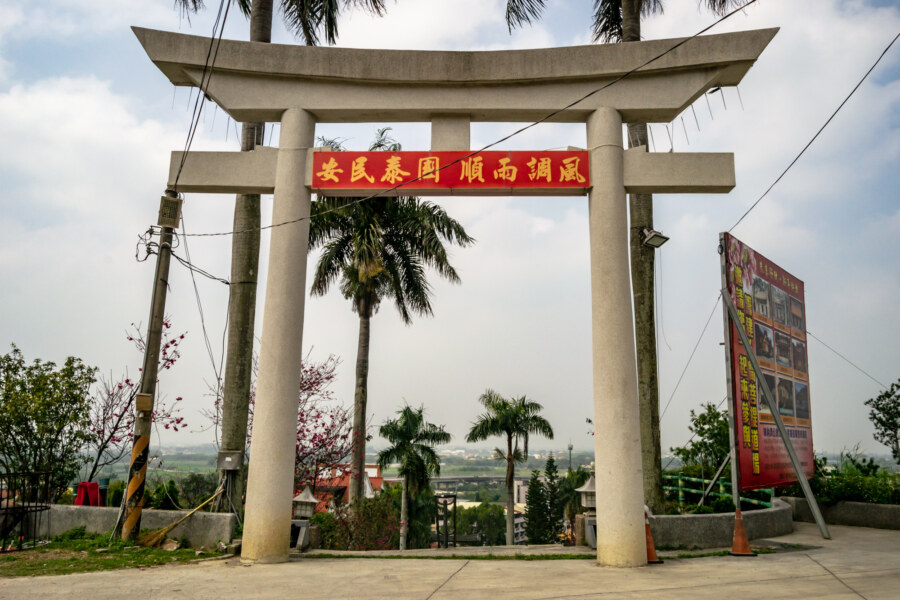
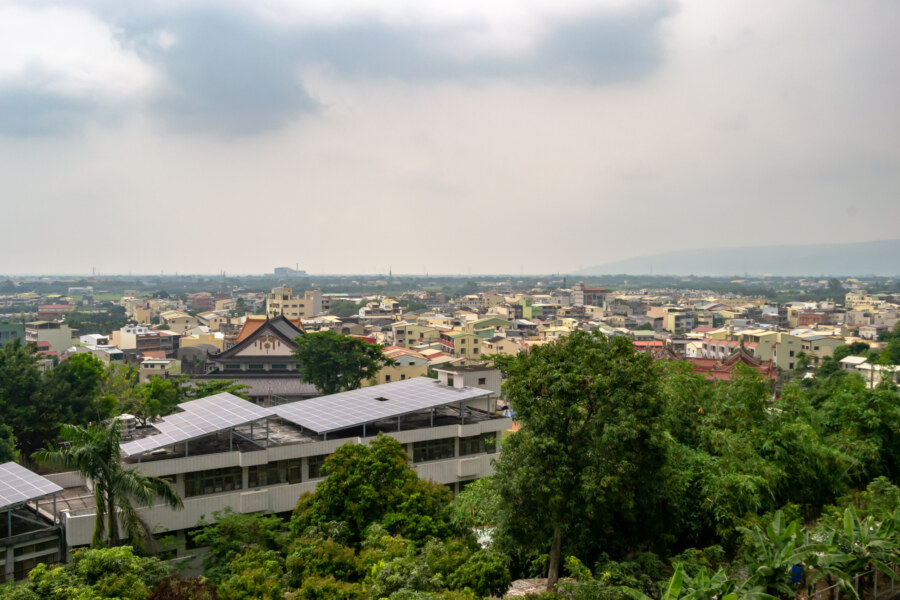
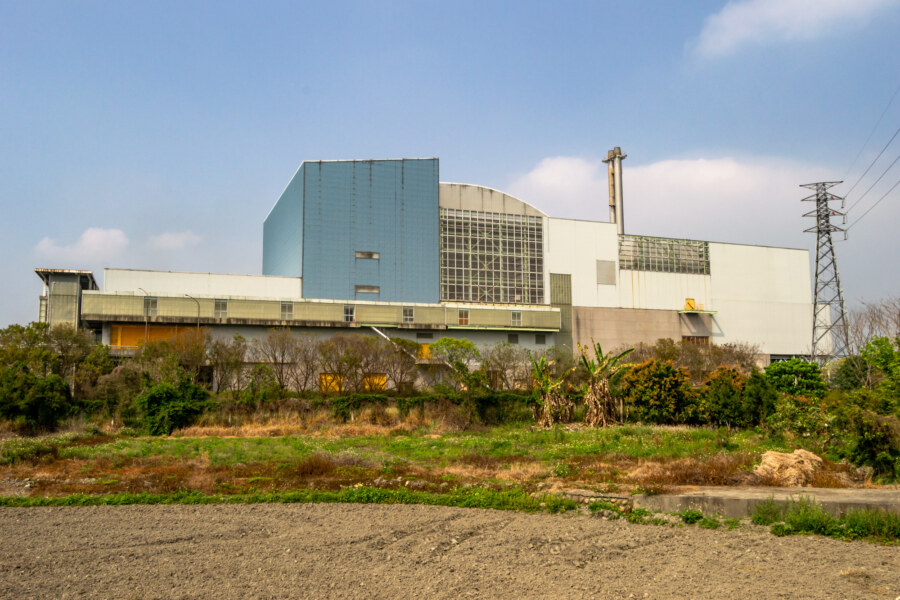
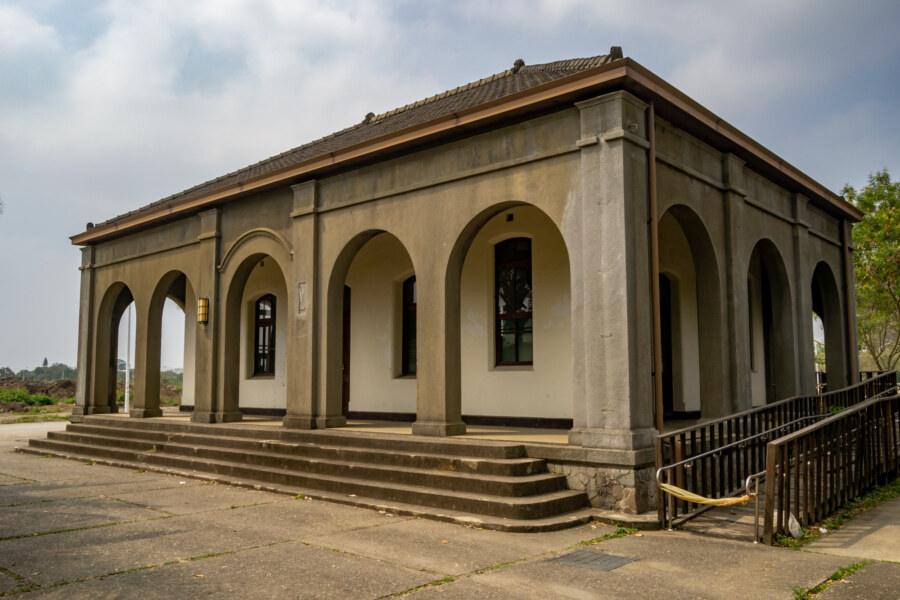
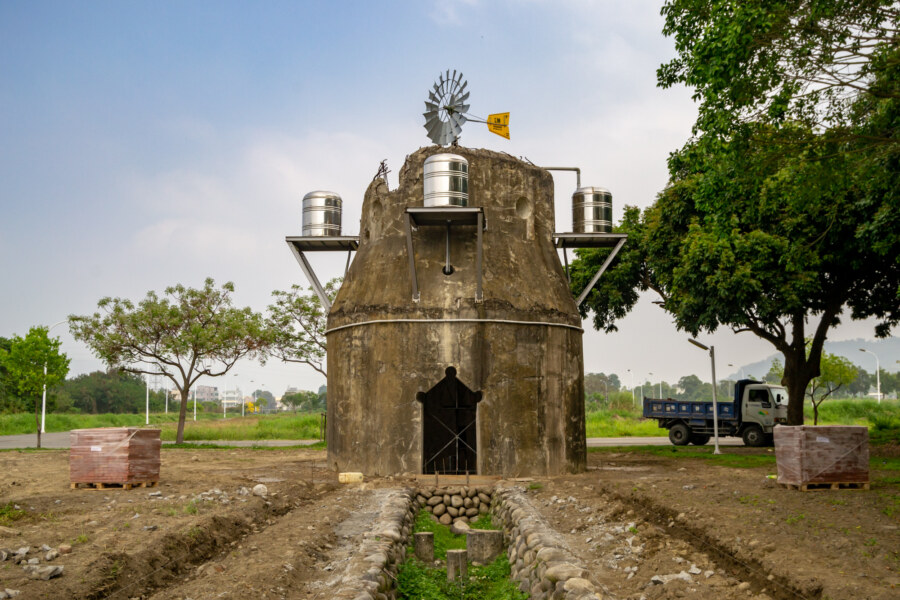
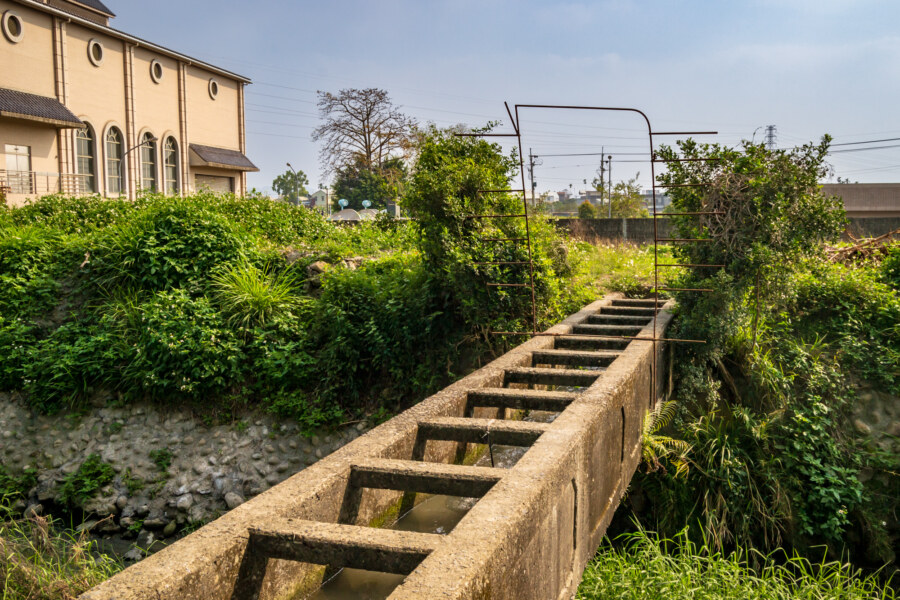
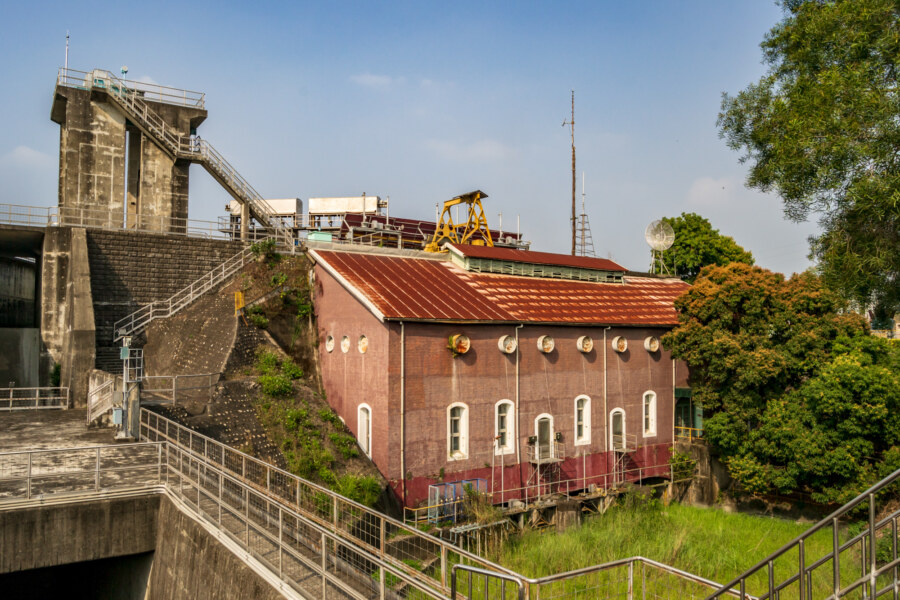
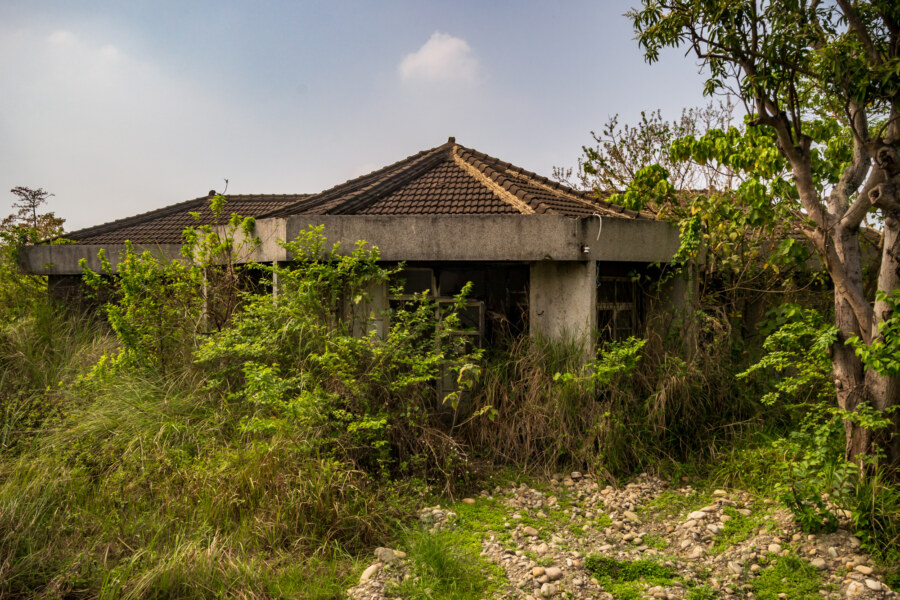
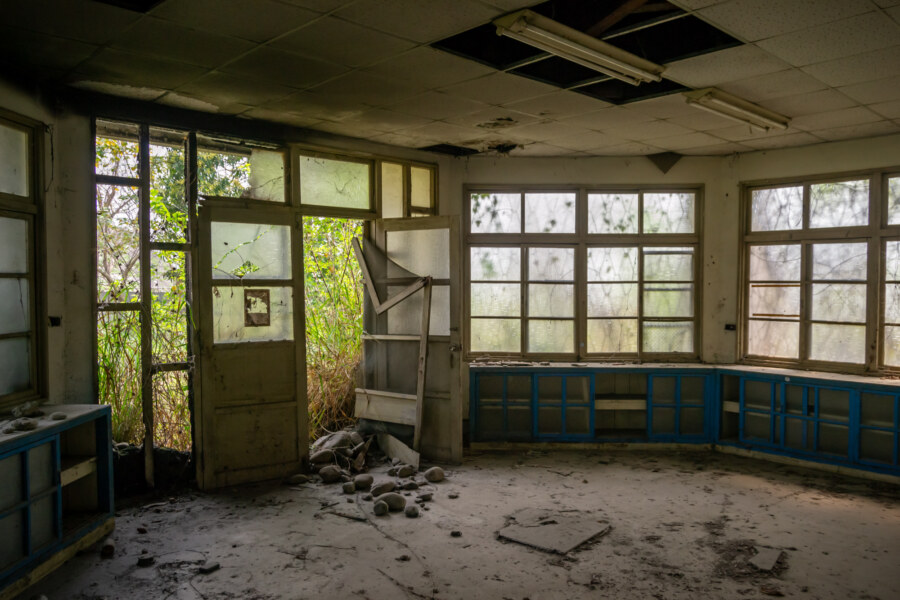
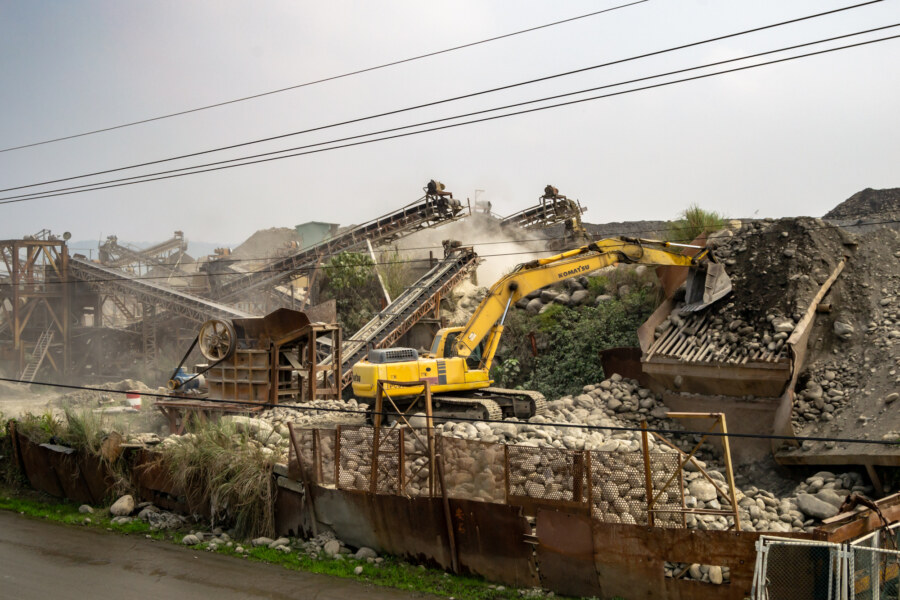
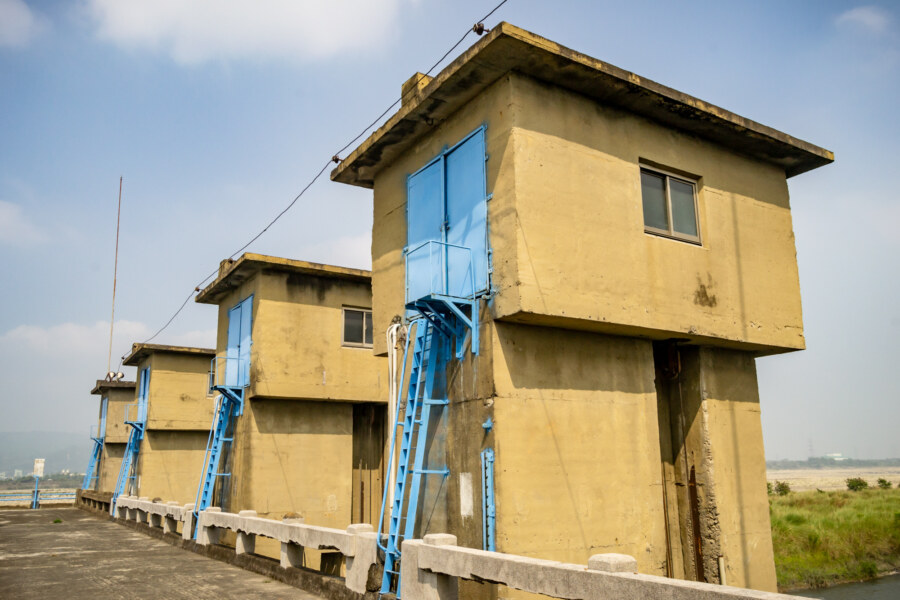
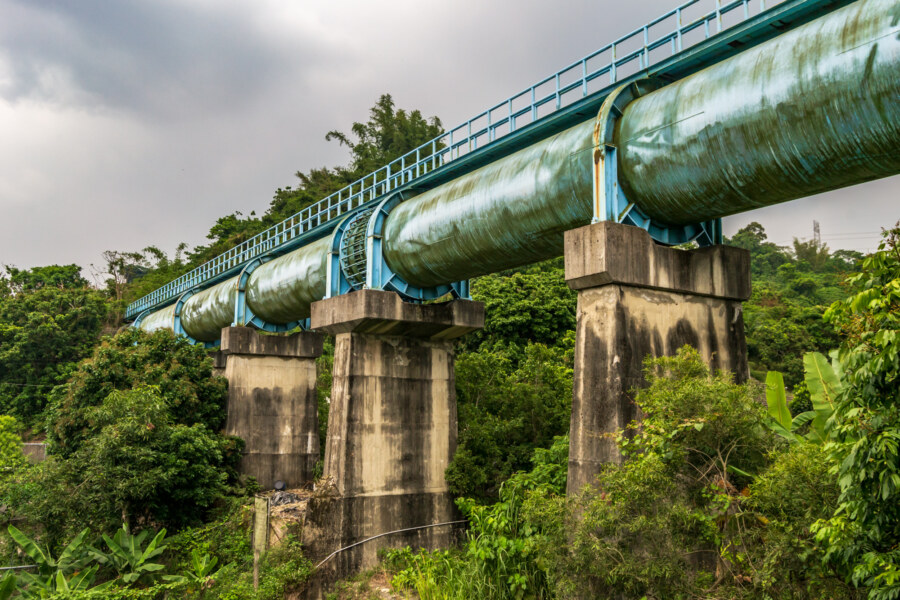
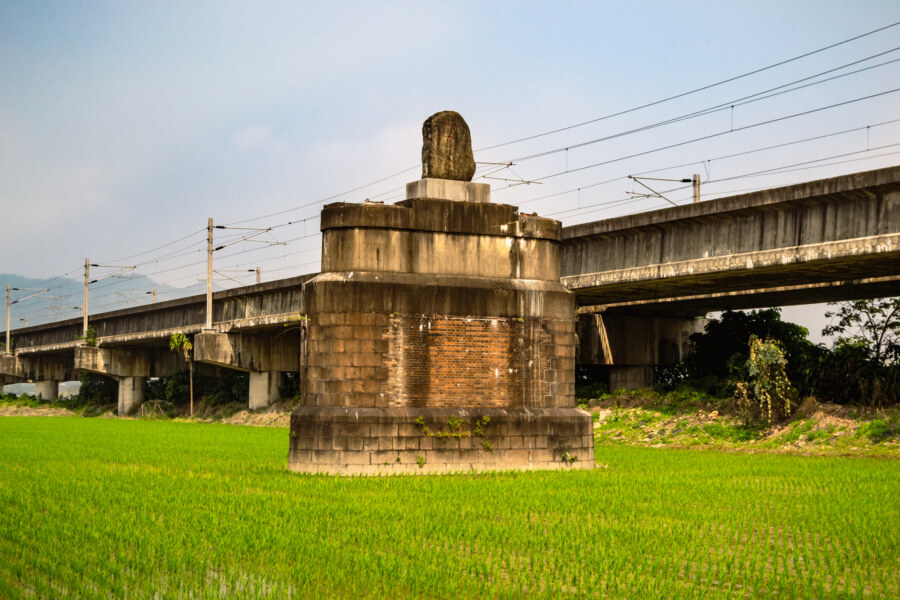
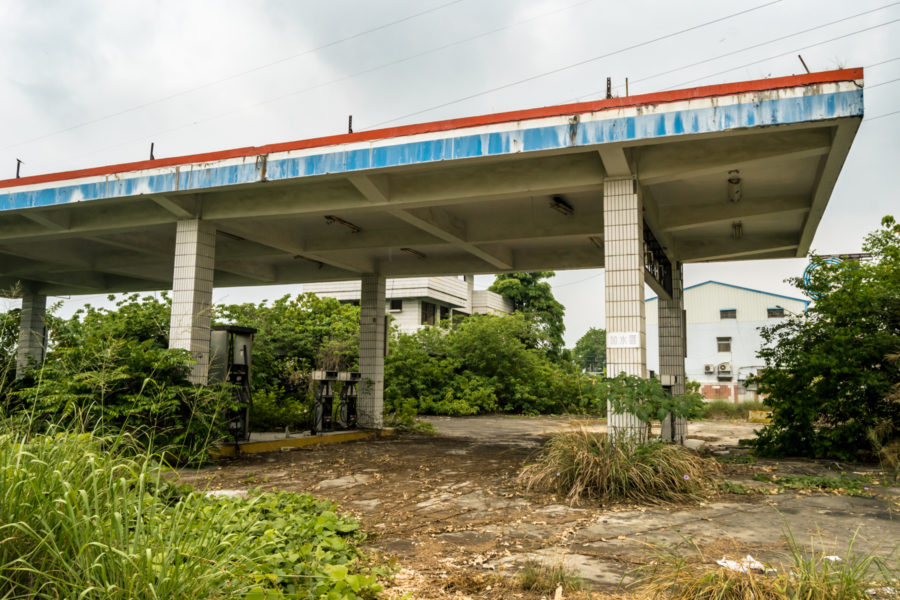
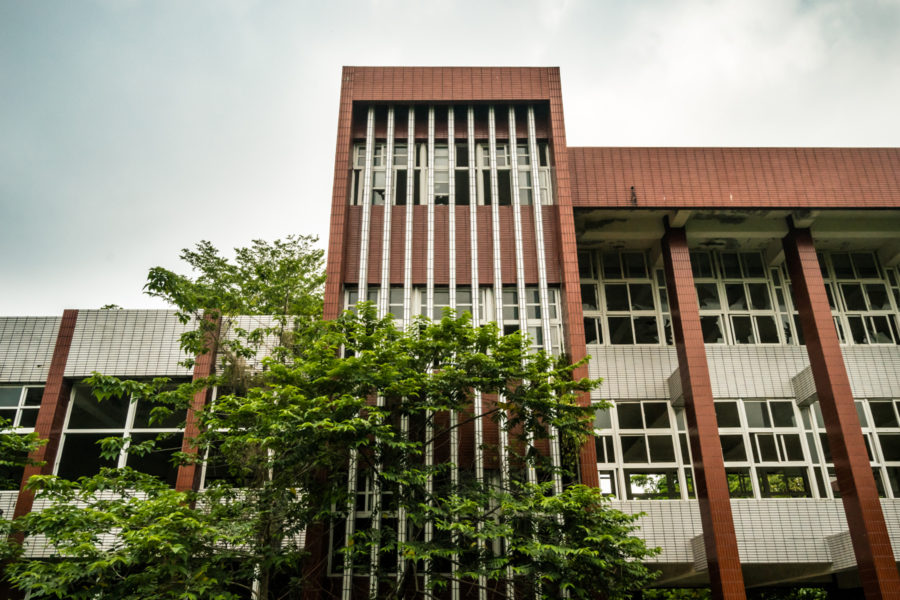
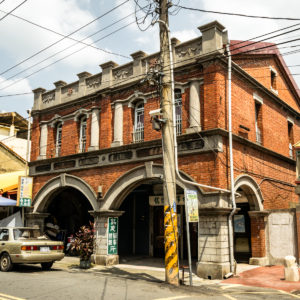
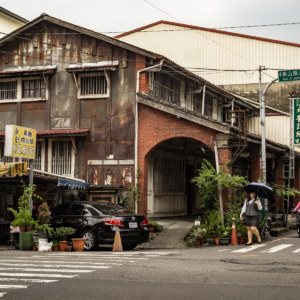
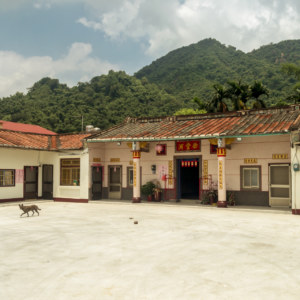
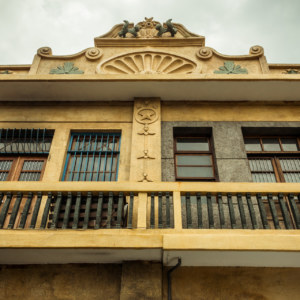
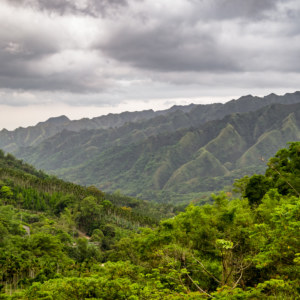
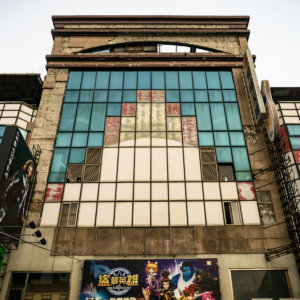
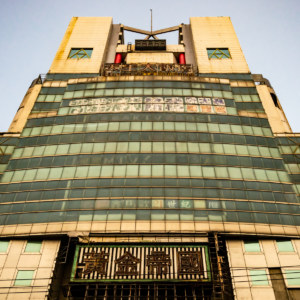
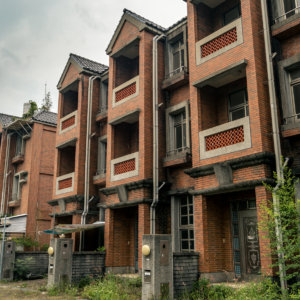
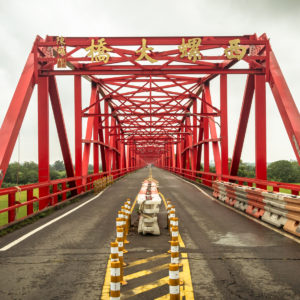
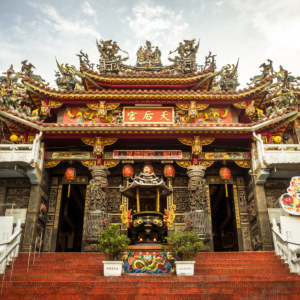
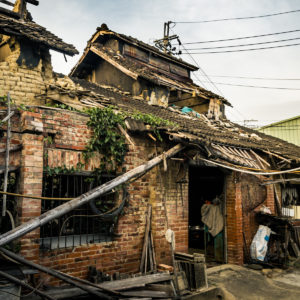
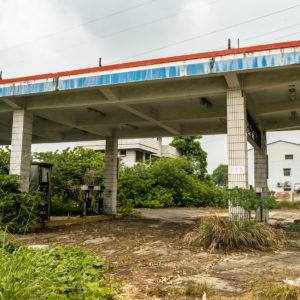
Write a Comment